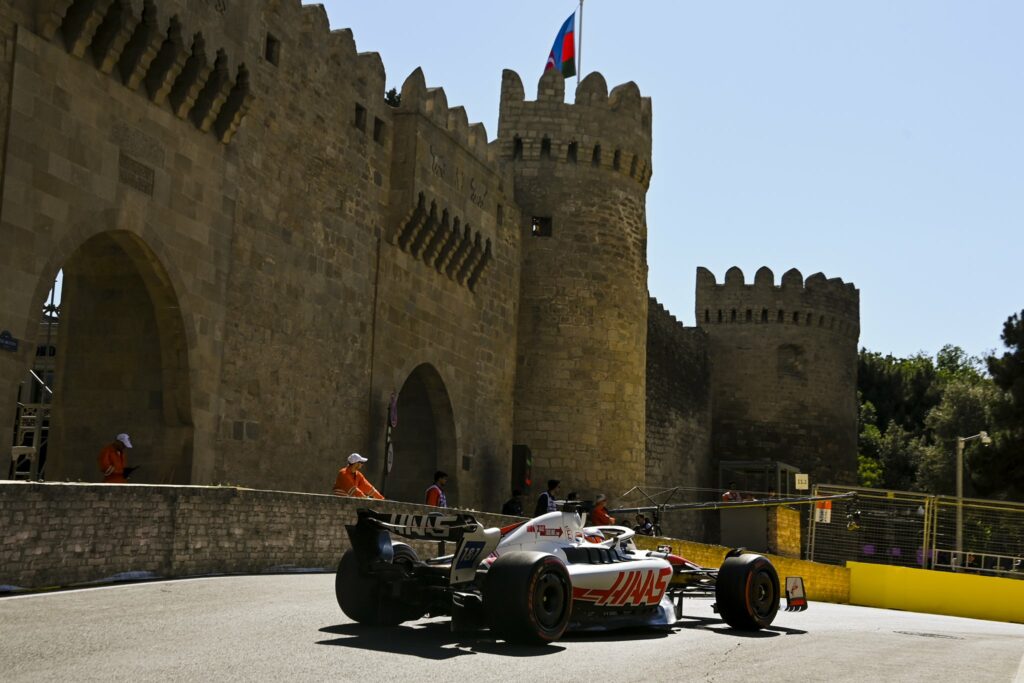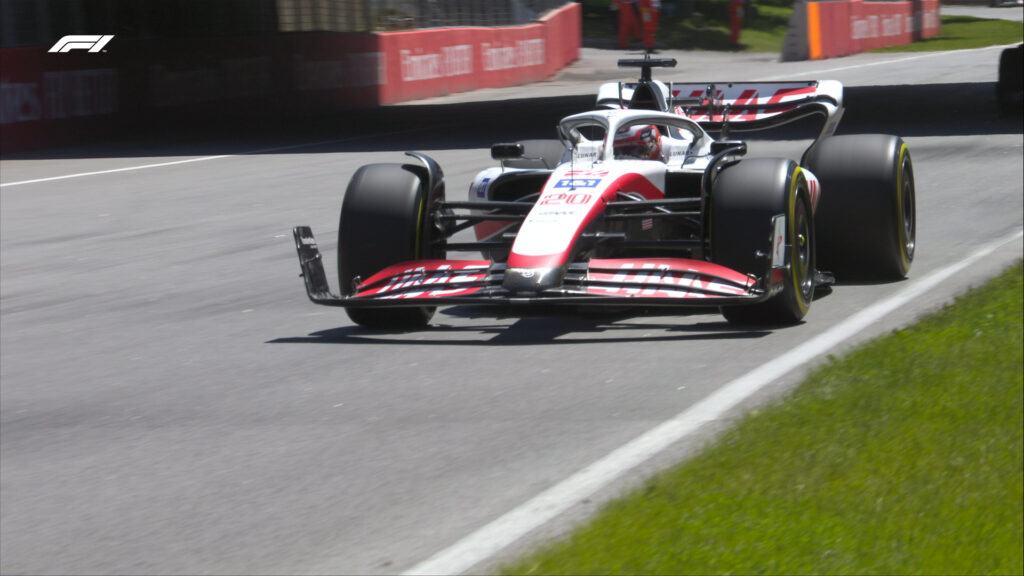Haas' MGU-K broke on Mick Schumacher in Canada for the fourth time, and Ferrari still seeks concrete explanations for the source of the problem - but suspects the height of the VF-22

The last round of Formula 1 so far, in Canada, was an extremely disappointing day for Haas. The team managed to get two great starting positions in a qualifying session in the rain, with Kevin Magnussen starting fifth and Mick Schumacher right behind. So obviously they were aiming for a good result - however, they both came away without points once again.
And according to the German portal Auto Motor und Sport, Haas already knows what the main problem in its equipment is: the MGU-K. The part, which in general terms recovers kinetic energy to the car when braking, has systematically left the American team in the lurch and already represents a headache for Guenther Steiner.
In Canada, Mick Schumacher dropped out on lap eight with MGU-K problems, no less than the fourth time the team has suffered from the element. The German had already changed the equipment for the first time in Monaco free practice, while Magnussen broke down in the Monte Carlo race after experiencing the problem in qualifying at Imole.
In addition to the aforementioned moments, Haas also faced failures with the cooling system and abandoned the Azerbaijan GP when Magnussen's MGU-H broke. Thus, so many incidents already cause question marks not only at the team, but also at Ferrari - which has a technical partnership with the American squadron, supplying not only the engine, but also other parts of the car.

▶️ Get to know the GRAND PRIZE channel on Twitch by clicking here!
The biggest suspicion is that the height of the cars is the differentiator and responsible for so many problems in the power unit. Both Ferrari's and Alfa Romeo's cars - which, like Haas, use engines from the Italian outfit - ride taller than the VF-22, which, being closer to the asphalt, suffers substantially more from the knocks and shakes of the ground.
So, with so many problems experienced before the halfway point of the season, the consensus within the team is that Haas will have to endure some penalties for engine changes beyond the permitted limit. Both Schumacher and Magnussen will have to make do with just one more change, on a part that has broken four times so far.
The engine, however, was no problem for Magnussen in Canada. The Dane once again made contact with Lewis Hamilton on the very first lap of the race - a situation that had already happened in Spain. While in Barcelona his tire simply blew out, in Montreal the damage was to the right front wing. After a few laps in which he claims to have felt the car "normal", Kevin saw his race change soon after.

Esteban Ocon, who was closely chasing the Haas car, reported to race control that debris on Magnussen's front wing - shattered at that point - had been coming loose, posing a danger. As a result, the driver of the #20 car was called into the pits to change the equipment and dropped down the grid - and even had to see a virtual safety-car start two laps later, which benefited his rivals.
Despite complaints from the Haas Dane, who was visibly annoyed at being forced into the pits to change the part, Steiner agreed with the decision and said that it was a situation that offered a safety risk to the other competitors on the grid.
"Kevin [Magnussen] is wrong. We had to change it," Steiner explained to Auto Motor und Sport. "Luckily, there was still a layer of Zylon [super-strong synthetic polymer, similar to the Kevlar in bulletproof vests] around the carbon fiber structure. So the wing didn't come loose. But this thing is so heavy, you don't want to be a driver behind and go on your head. Of course, Kevin couldn't see it from inside the cockpit," he said.